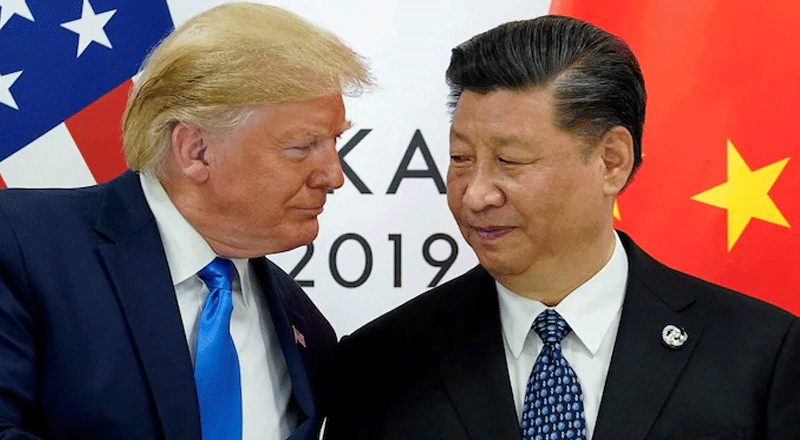- In a bold and consequential move, President Joe Biden has unleashed a barrage of steep tariff increases on an array of Chinese imports.
- The White House’s decision marks a significant escalation in the ongoing economic feud between Washington and Beijing, as Biden seeks to resolve unfair trade practices.
- However, the tariff escalation carries broader implications beyond bilateral trade relations, with analysts warning of potential ramifications for industries reliant on Chinese imports.
- Despite the risk of exacerbating tensions with Beijing, Biden’s administration remains resolute in its commitment to holding China accountable for alleged unfair trade practices.
- The Biden administration’s departure from the free-trade consensus signals a seismic shift in U.S. trade policy, reflecting growing bipartisan consensus on the need to confront China’s economic practices.
In a bold and consequential move, President Joe Biden has unleashed a barrage of steep tariff increases on an array of Chinese imports, setting the stage for a potential escalation in trade tensions between the world’s two largest economies. The White House’s decision, announced on Tuesday, marks a significant escalation in the ongoing economic feud between Washington and Beijing, as Biden seeks to assert his administration’s resolve in the face of perceived unfair trade practices.
The new measures, targeting a wide spectrum of goods ranging from electric vehicles to critical minerals, represent a strategic gambit aimed at bolstering U.S. economic security and safeguarding domestic industries. With the United States already grappling with a substantial trade deficit vis-à-vis China, Biden’s move signals a departure from the conciliatory tone of previous administrations, signaling a more assertive stance on trade policy.
While Biden’s decision to maintain tariffs initiated by his predecessor, Donald Trump, may draw comparisons with the former administration’s approach, the White House has sought to differentiate its strategy by emphasizing the need for a recalibrated approach to bilateral trade relations. According to administration officials, the 2020 trade deal struck by Trump failed to deliver the desired outcomes, raising doubts about the efficacy of previous measures and underscoring the urgency of a more robust response.
Despite the risk of exacerbating tensions with Beijing, Biden’s administration remains resolute in its commitment to holding China accountable for alleged unfair trade practices. The decision to intensify tariffs on key imports underscores the administration’s determination to level the playing field and protect American interests in the global marketplace.
However, the tariff escalation carries broader implications beyond bilateral trade relations, with analysts warning of potential ramifications for industries reliant on Chinese imports. In particular, the move could raise costs for electric vehicles, undermining Biden’s climate goals and job creation efforts. Moreover, the specter of retaliatory action from Beijing looms large, casting a shadow over prospects for economic stability and cooperation between the two economic powerhouses.
The Biden administration’s departure from the free-trade consensus that once prevailed in Washington signals a seismic shift in U.S. trade policy, reflecting growing bipartisan consensus on the need to confront China’s economic practices. With Biden’s tariffs set to take effect this year and further escalations planned in the coming years, the prospect of a protracted trade war looms large, posing challenges for global economic recovery and geopolitical stability.
As the United States and China navigate the complexities of their economic relationship, the trajectory of bilateral trade tensions remains uncertain. While Biden’s tariff measures may serve as a means of exerting pressure on Beijing, the path forward is fraught with risks and challenges, underscoring the need for diplomatic engagement and strategic foresight in addressing the root causes of trade imbalances and economic disparities.
(With inputs from agencies)





